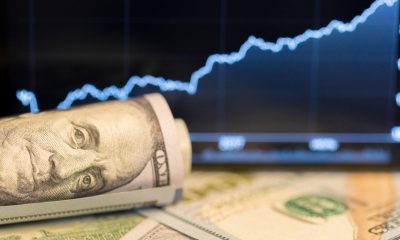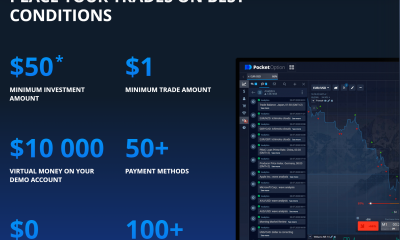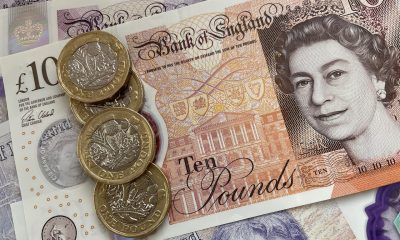Forex
Yen slides, dollar gains as BOJ seen maintaining YCC
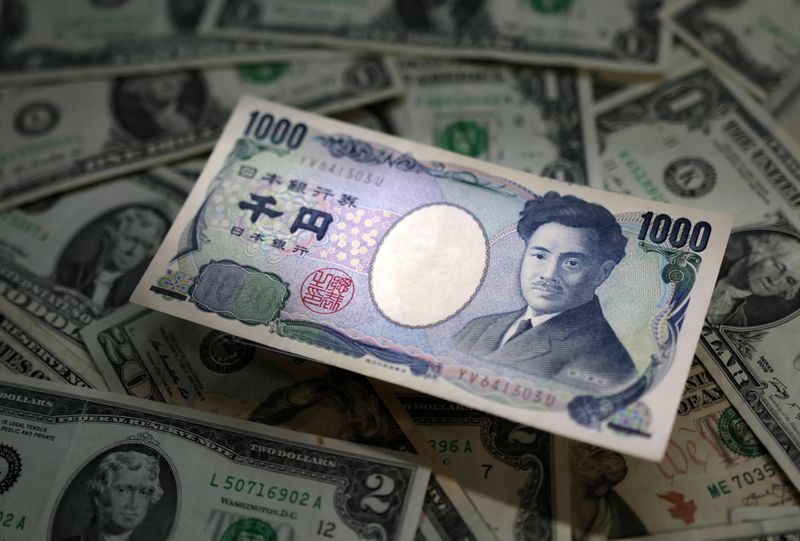
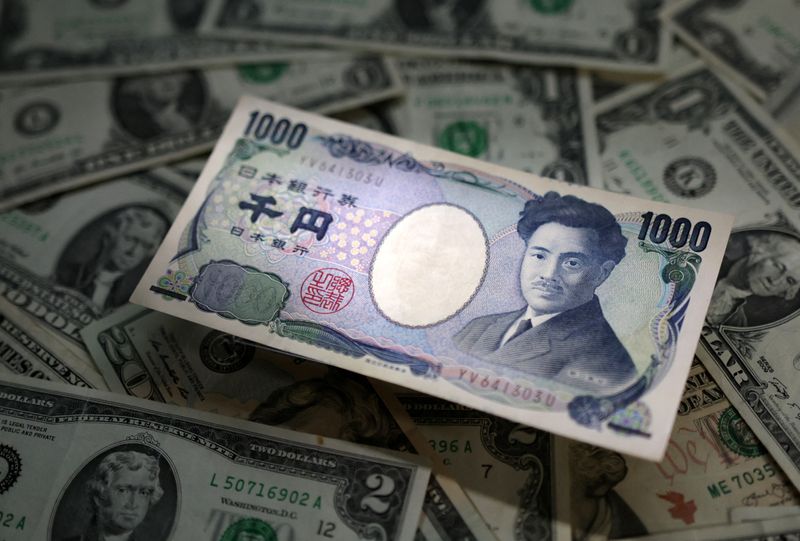
© Reuters. FILE PHOTO: Japanese Yen and U.S. dollar banknotes are seen in this illustration taken March 10, 2023. REUTERS/Dado Ruvic/Illustration
By Karen Brettell and Iain Withers
NEW YORK (Reuters) – The yen slid against the dollar on Friday after Reuters reported that the Bank of Japan (BoJ) is leaning towards keeping its key yield control policy unchanged next week, ahead of a busy week of central bank meetings that includes the U.S. and Europe.
BoJ policymakers prefer to scrutinize more data to ensure wages and inflation keep rising before changing the policy, five sources familiar with the matter said. The report added there was no consensus within the central bank and the decision could still be a close call.
With inflation having exceeded the BoJ’s target for more than a year, markets have been simmering with speculation the central bank could tweak yield curve control as early as the July 27-28 meeting.
“All expectations are for them to keep yield curve control as is and no changes to rates, but maybe a little upgrade on their inflation outlook,” said Edward Moya, senior market analyst at OANDA in New York.
However, “the chances that we could get a surprise should remain on the table,” Moya added. “The BOJ is potentially going to be a major market moving event because time’s running out on the BOJ to really set up a policy shift.”
Data earlier on Friday showed Japan’s core inflation rose to 3.3%, matching a median market forecast but remaining ahead of the BoJ’s 2% target.
The dollar was last up 1.26% at 141.83 yen, after earlier reaching 141.95, the highest since July 10. It is trading just below the 145.07 level reached on June 30, which was the highest since Nov. 10.
The greenback is on track for its best weekly percentage gain against the Japanese currency since October at 2.22%.
Kenneth Broux, head of corporate research for FX and rates at Societe Generale (OTC:), said the sharp move in the yen on Friday might prompt Japan’s finance ministry to make further public comments to try to support the currency.
“It puts more pressure again on the Ministry of Finance,” Broux said.
Japanese authorities will consider all options to deal with excess volatility in the currency market, the country’s top currency diplomat, Masato Kanda, was reported as saying on Friday.
FED FOCUS
Central bank meetings from the United States and Europe are also due next week, with the Federal Reserve and European Central Bank both expected to raise rates by 25 basis points.
Investors will focus on comments from Fed Chair Jerome Powell after the U.S. central bank’s rate decision on Wednesday for any clues on whether it is likely to continue hiking rates.
Moya notes that the Powell is most likely to “keep optionality on the table – there is no reason for them to commit to September when you have two inflation reports that will happen post next week’s meeting.”
Fed funds futures traders are pricing in 33 basis points of additional tightening this year with rates expected to peak at 5.41% in November.
“We could see the last rate hike in this cycle, but any dovish pivot seems far out,” Christian Scherrmann, U.S. economist at DWS, said.
The – which tracks the greenback against six major peers – was last up 0.41% at 101.16. The index was on track for a 1.20% weekly gain, its biggest rise in two months.
The euro fell 0.17% against the dollar to $1.1111.
The pound fell for a sixth day versus the dollar – its longest stretch of daily losses since last September – and was last down 0.20% at $1.2841.
It briefly bounced earlier in the session on data showing UK consumer spending was stronger than expected in June.
The pound is on track for around a 1.86% weekly fall, its largest since early February.
========================================================
Currency bid prices at 10:10AM (1410 GMT)
Description RIC Last U.S. Close Pct Change YTD Pct High Bid Low Bid
Previous Change
Session
Dollar index 101.1600 100.7700 +0.41% -2.251% +101.1800 +100.7100
Euro/Dollar $1.1111 $1.1130 -0.17% +3.70% +$1.1145 +$1.1111
Dollar/Yen 141.8300 140.0700 +1.26% +8.18% +141.9450 +139.7500
Euro/Yen 157.58 155.88 +1.09% +12.32% +158.0400 +155.6000
Dollar/Swiss 0.8662 0.8668 -0.06% -6.32% +0.8672 +0.8644
Sterling/Dollar $1.2841 $1.2868 -0.20% +6.19% +$1.2903 +$1.2817
Dollar/Canadian 1.3219 1.3172 +0.38% -2.42% +1.3222 +1.3154
Aussie/Dollar $0.6723 $0.6779 -0.83% -1.37% +$0.6788 +$0.6723
Euro/Swiss 0.9622 0.9646 -0.25% -2.76% +0.9651 +0.9619
Euro/Sterling 0.8651 0.8647 +0.05% -2.18% +0.8679 +0.8635
NZ $0.6177 $0.6233 -0.89% -2.71% +$0.6240 +$0.6177
Dollar/Dollar
Dollar/Norway 10.1020 10.0820 +0.15% +2.88% +10.1030 +10.0300
Euro/Norway 11.2230 11.2064 +0.15% +6.95% +11.2285 +11.1499
Dollar/Sweden 10.4088 10.3417 +0.49% +0.01% +10.4092 +10.3287
Euro/Sweden 11.5660 11.5095 +0.49% +3.69% +11.5758 +11.5060

 Forex3 years ago
Forex3 years agoForex Today: the dollar is gaining strength amid gloomy sentiment at the start of the Fed’s week

 Forex3 years ago
Forex3 years agoUnbiased review of Pocket Option broker

 Forex3 years ago
Forex3 years agoDollar to pound sterling exchange rate today: Pound plummeted to its lowest since 1985

 Forex3 years ago
Forex3 years agoHow is the Australian dollar doing today?

 Cryptocurrency3 years ago
Cryptocurrency3 years agoWhat happened in the crypto market – current events today

 World3 years ago
World3 years agoWhy are modern video games an art form?

 Commodities3 years ago
Commodities3 years agoCopper continues to fall in price on expectations of lower demand in China

 Economy3 years ago
Economy3 years agoCrude oil tankers double in price due to EU anti-Russian sanctions

